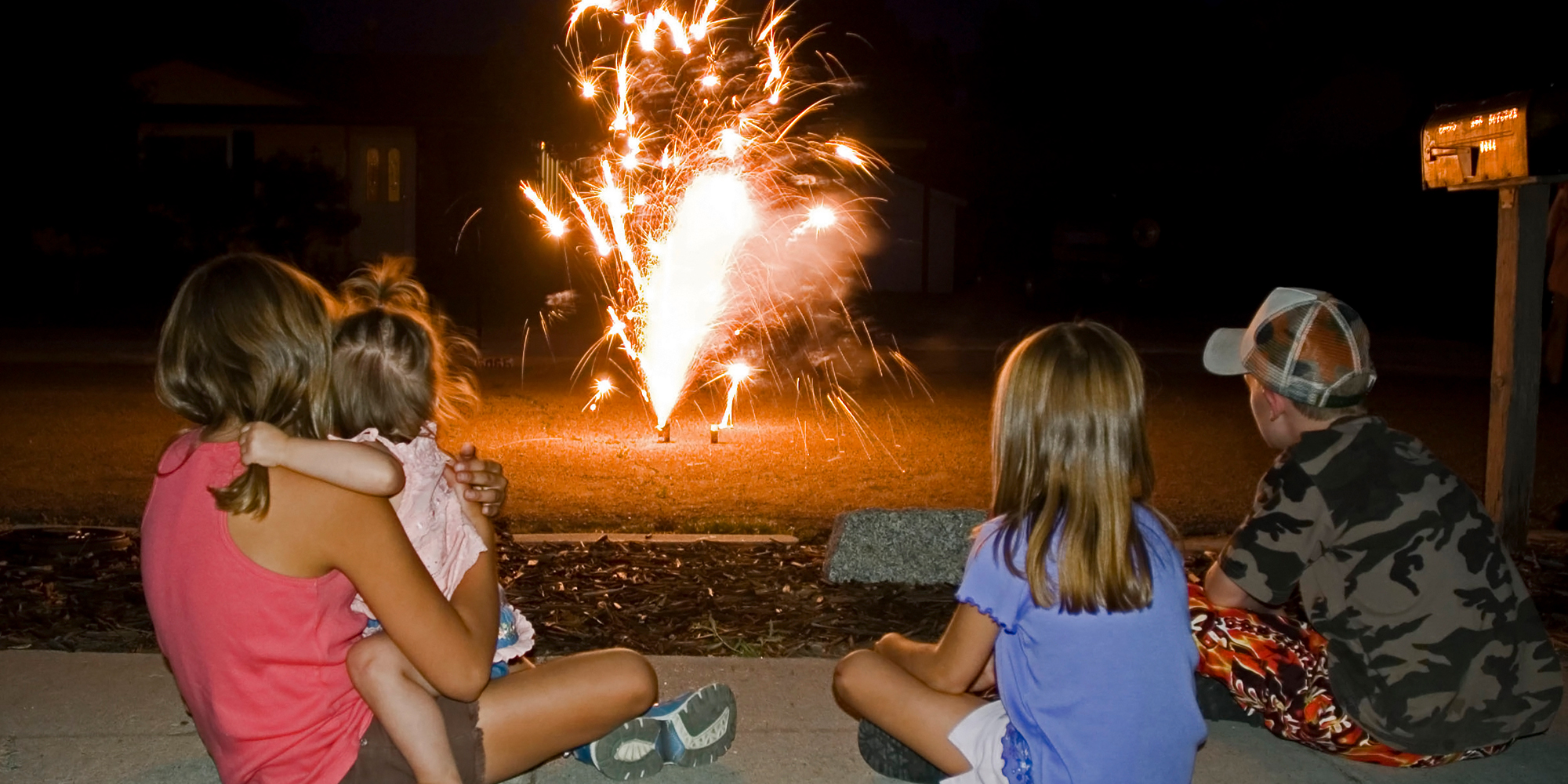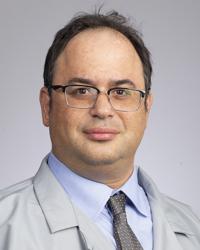4 Firework Safety Tips to Help Prevent Injuries
May 9, 2022
Categories: Health & Wellness, Emergency Care

In 1777, fireworks illuminated the sky in Philadelphia, PA to celebrate America’s first Independence Day. Since then, fireworks have become a traditional part of our Fourth of July festivities.
Cities across the U.S. put on spectacular displays. In back yards and on beaches, people light off an assortment of sparklers, poppers, firecrackers and rockets.
What you may not know is how dangerous fireworks can be, especially for thousands of children.
In the four weeks surrounding July 4, 2020, hospital emergency departments treated approximately 10,300 fireworks-related injuries. This included 1,100 children under age 5 and 1,400 children ages 5 to 14.
Joshua Carson, MD, the medical director at Loyola Medicine's Burn Center, knows firsthand the damage fireworks can do and urges caution. “The safest thing is to let the professionals handle the fireworks. They put on a much better show, and it’s free,” says Dr. Carson.
But if you are planning to light your own fireworks, give them the respect they deserve, says Dr. Carson. Here are four tips for keeping you and your family safe this Fourth of July.
Safety tip #1: Don’t let children handle fireworks, even sparklers
Sparklers may seem like harmless fun. But at 2,000 degrees Fahrenheit, they can easily burn a child’s skin or set someone’s clothes on fire.
Sparklers alone account for 25% of firework-related emergency room visits. The number jumps to 50% for children under age 5. Most parents don’t let their young children play with matches — sparklers should be no different. Try safer alternatives, such as:
- Confetti poppers
- Glow sticks
- Colored streamers
For teens, Dr. Carson recommends close adult supervision to prevent mishaps that might lead to a visit to the emergency room.
Safety tip #2: Light fireworks with care
Fireworks are small missiles propelled by gunpowder that can cause extensive personal and property damage. The force of the explosion can be similar to a gunshot. Not only is there a danger of burns, but there is a risk of penetration by flying debris or the firework itself.
Fires are also a concern. In 2018, fireworks were responsible for nearly 20,000 fires to homes, vehicles and outdoor areas causing $105 million in property damage.
To protect yourself and everything and everyone around you, never light off a firework:
- If you are impaired by drugs or alcohol
- In a container
- Indoors
- Near people, houses or anything flammable
- That someone has tampered with to make it bigger or better
- While you are holding it
Dr. Carson also advises wearing protective eyewear when lighting fireworks to prevent eye injuries, which account for 15% of firework injuries.
Safety tip #3: Dispose of used and defective fireworks properly
Used fireworks can reignite and cause a fire if you throw them in the trash. Let them cool, then submerge them in a bucket of water before disposal.
Malfunctioning fireworks can also be dangerous if they explode unexpectedly. In 2020, a 33-year-old male thought a firework was a dud, so he picked it up and relit the device. The explosion caused fatal wounds to his chest and neck.
Dr. Carson says never try to relight a dud firework. If it doesn’t light the first time, let it sit for 20 minutes, then soak it in a bucket of water.
Safety tip #4: Seek care for even minor injuries
Even minor firework injuries can cause lifelong problems. “These burns can be deceptively complicated,” says Dr. Carson. “They may look small, but pieces of the firework or other shrapnel can get under the skin.”
Burn scars can also cause complications later in life, especially in children, says Dr. Carson. Children grow, but their scars don’t, which can cause growth deformities that can be much worse than the initial burn.
“If you find yourself injured,” says Dr. Carson, “see a health care professional right away.”
Loyola Medicine’s Burn Center
A burn center is a specialized facility staffed by doctors and other specialists with extensive experience treating these unique injuries. “Our goal is not only to heal the scar,” says Dr. Carson. “We also want to minimize any long-term effects.”
Loyola’s burn center is the busiest in the Midwest, receiving patients from emergency departments around Chicago who recognize the need for specialized burn care.
It is one of only three centers in Illinois verified by the American Burn Association and American College of Surgeons. Verification means the center demonstrates all the critical components of burn care.
Other features of Loyola’s burn center include:
- Advanced treatment options, including laser treatment for burn scars and specialized facilities to wash and wrap burns.
- Multidisciplinary specialists, such as surgeons, therapists, psychologists, pharmacists and social workers — all of whom have experience managing patients with burns.
- Multiple care levels, including an intensive care unit, a step-down less-intensive care unit and outpatient clinic.
Joshua Carson, MD, is the medical director of the Loyola Medicine Burn Center. He is board certified in general surgery and surgical critical care and specializes in burns and trauma.
Dr. Carson received his medical degree from Cornell Weill Medical College. He completed residencies at New York Presbyterian Hospital and the University of California Los Angeles.
Book an appointment today to see any of Loyola Medicine’s expert primary care or specialty physicians by self-scheduling an in-person or virtual appointment using myLoyola.
